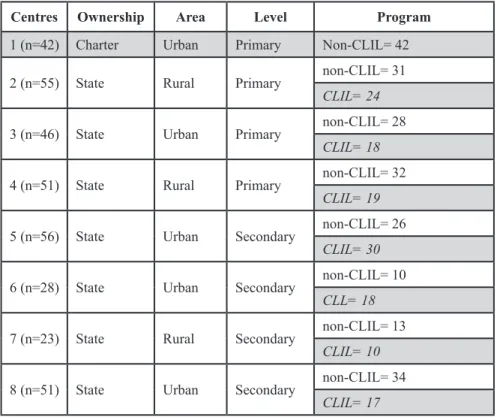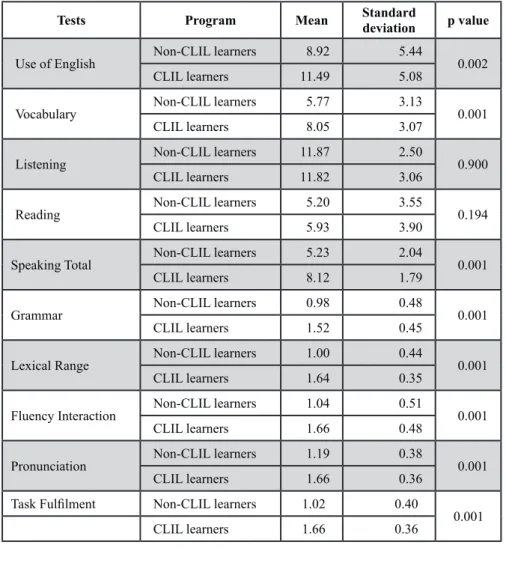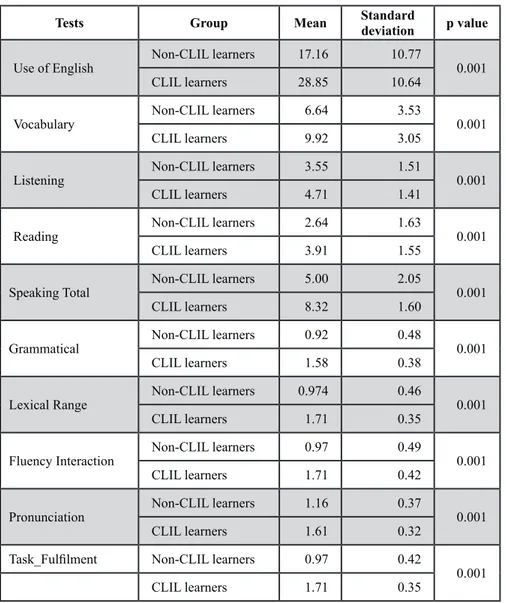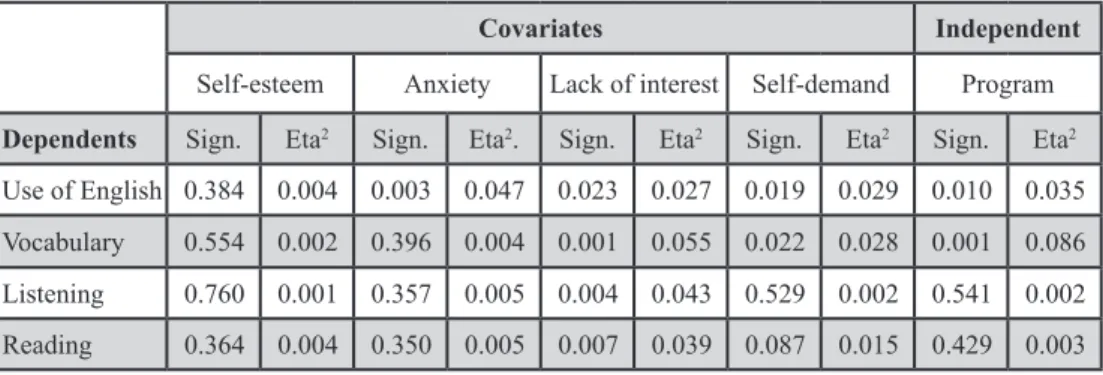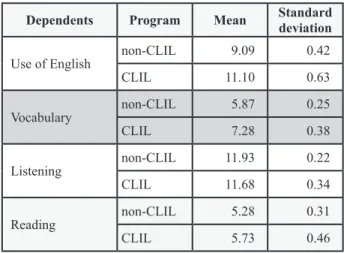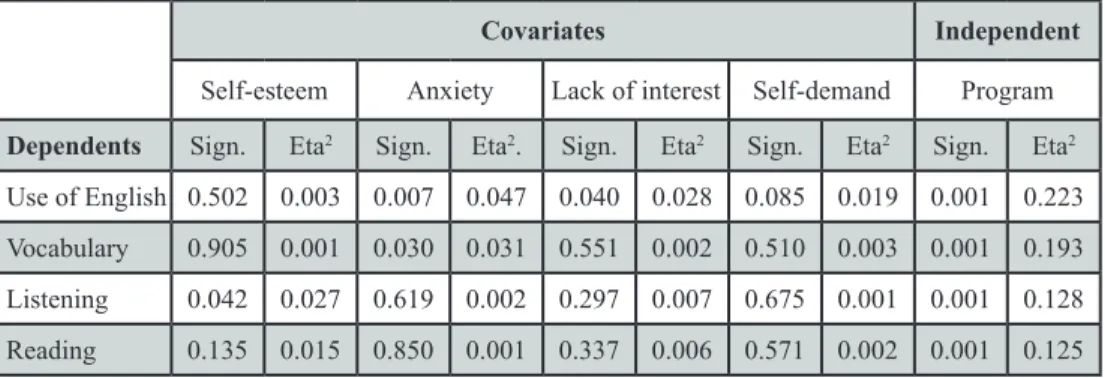Are CLIL Students More Motivated? An Analysis of Affective Factors and their Relation to Language Attainment
Texto completo
Figure
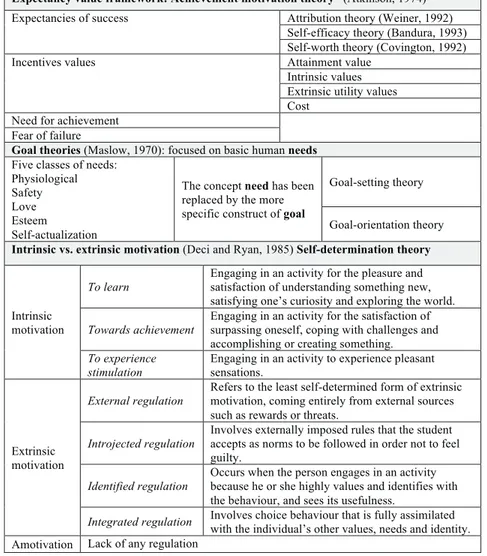
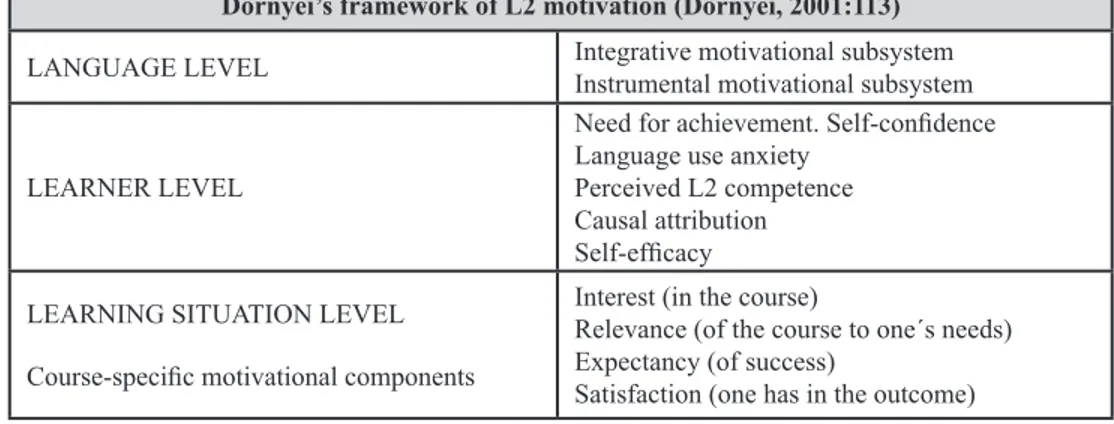
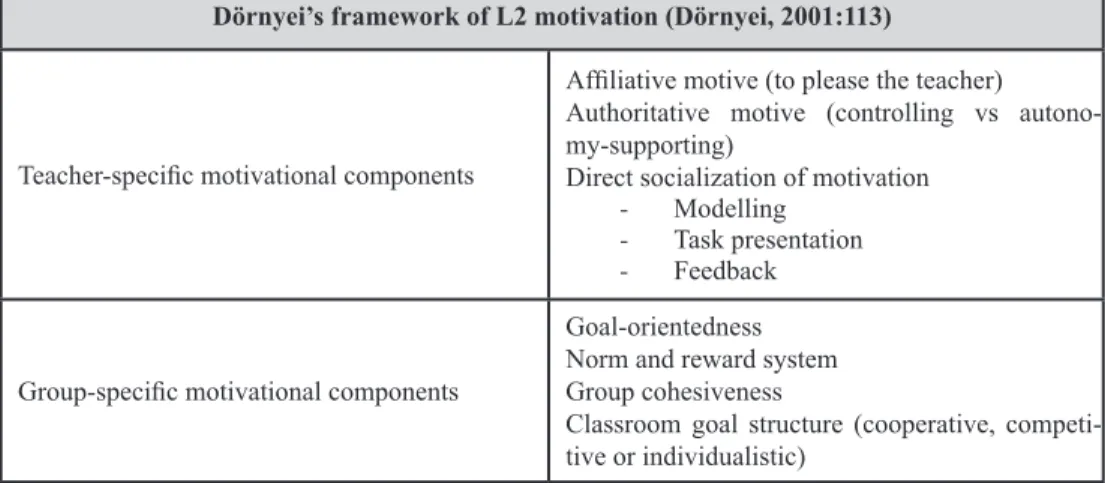
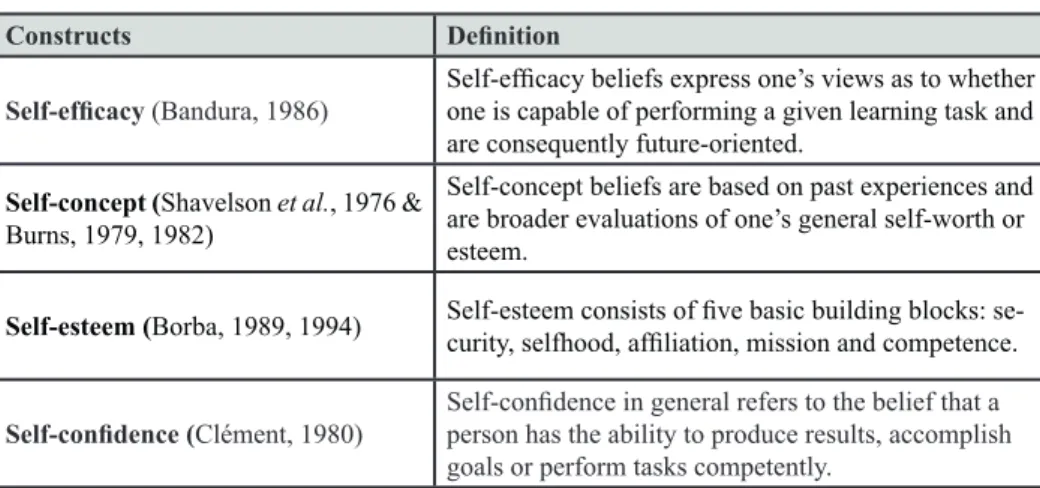
Documento similar
In addition to everything described above, the characteristics of CLIL described by Mehisto, Marsh & Frigols (2008: 29-30) are highlighted below. a) It fosters a
© Edita: Servicio de Publicaciones de la Universidad de Córdoba.. Campus de
The analysis of the students’ discourse on language learning and use during their sojourn abroad will allow us to see to what extent this initial linguistic motivation (for
The aim was to improve the students' level of training before attending laboratory practices, to standardize the evaluation among teachers and to involve students in the
To this end, this study departed from the following research questions (RQ): (1) What types of writing errors can be spotted in first year tertiary students in a History CLIL
b)Which are the factors that may influence different learning experiences?(e.g, students´ attitudes towards the programs, students´ learning style, appropriateness and level of
The Index for Inclusion for families of non-university education students was shown to be a robust and adequate psychometric instrument to assess the degree of development of
Percentage distribution of no uptake and uptake (including repair and needs- repair) after different types of form CF (explicit correction, recasts and prompts)
